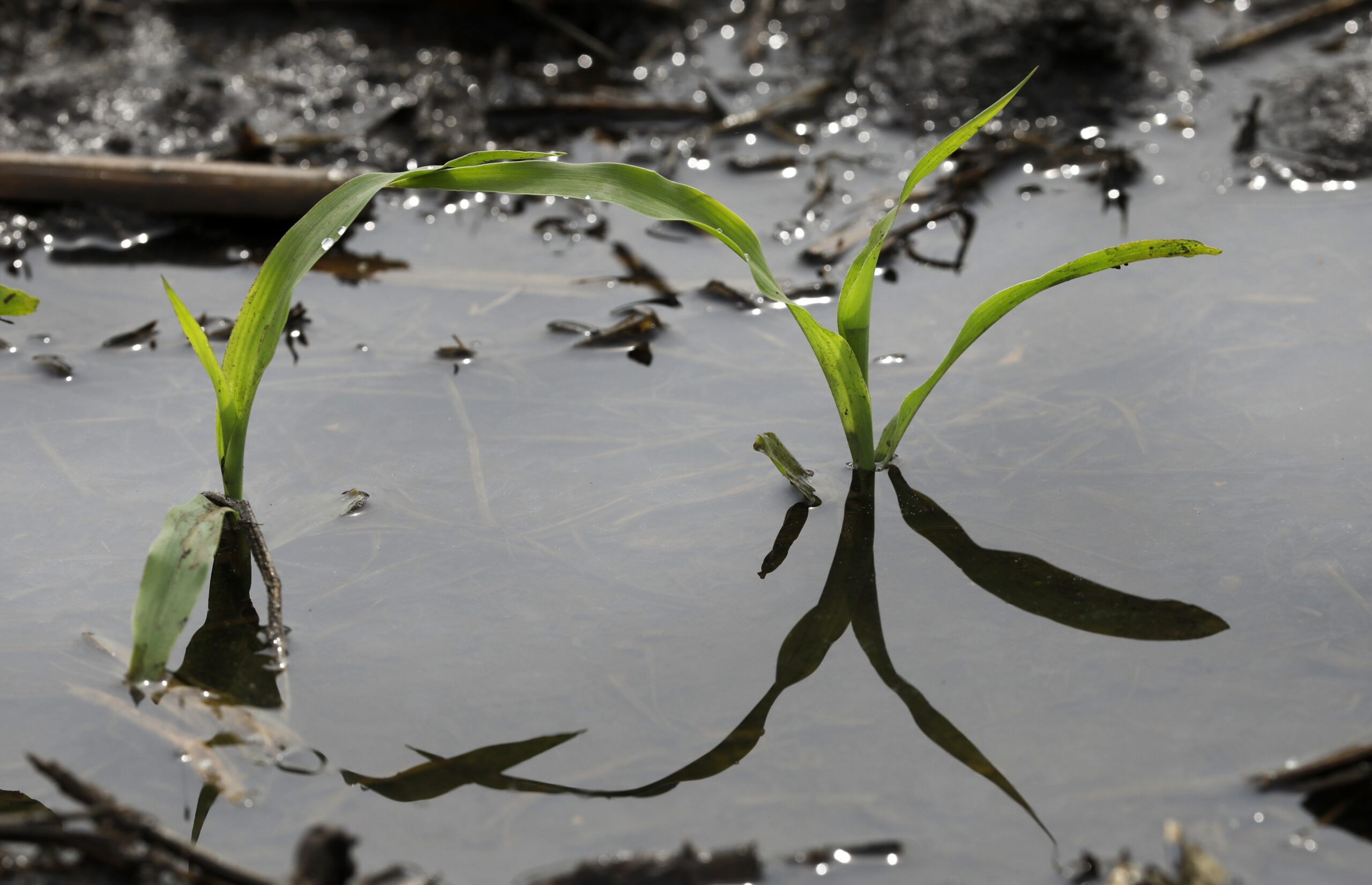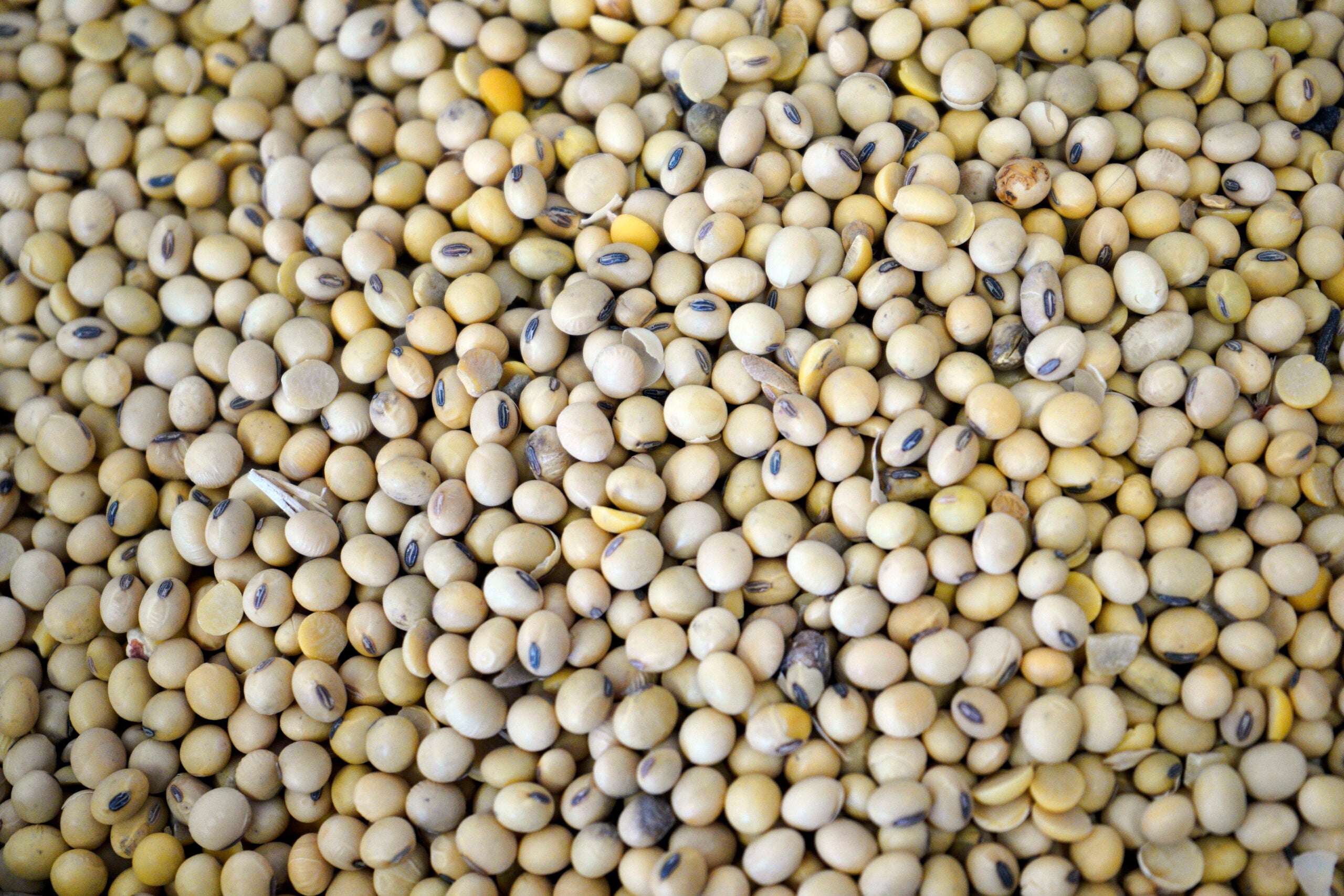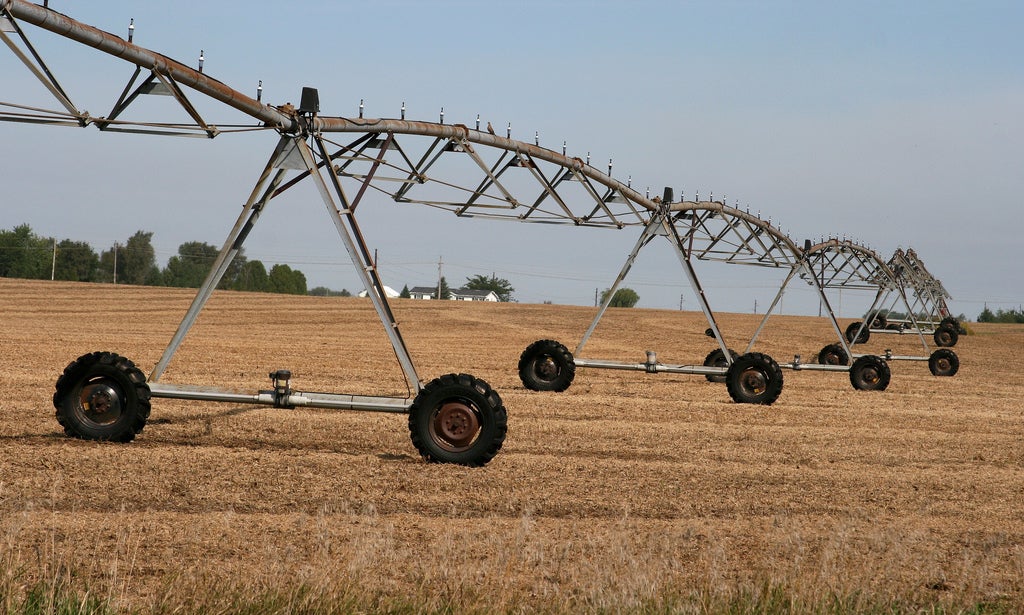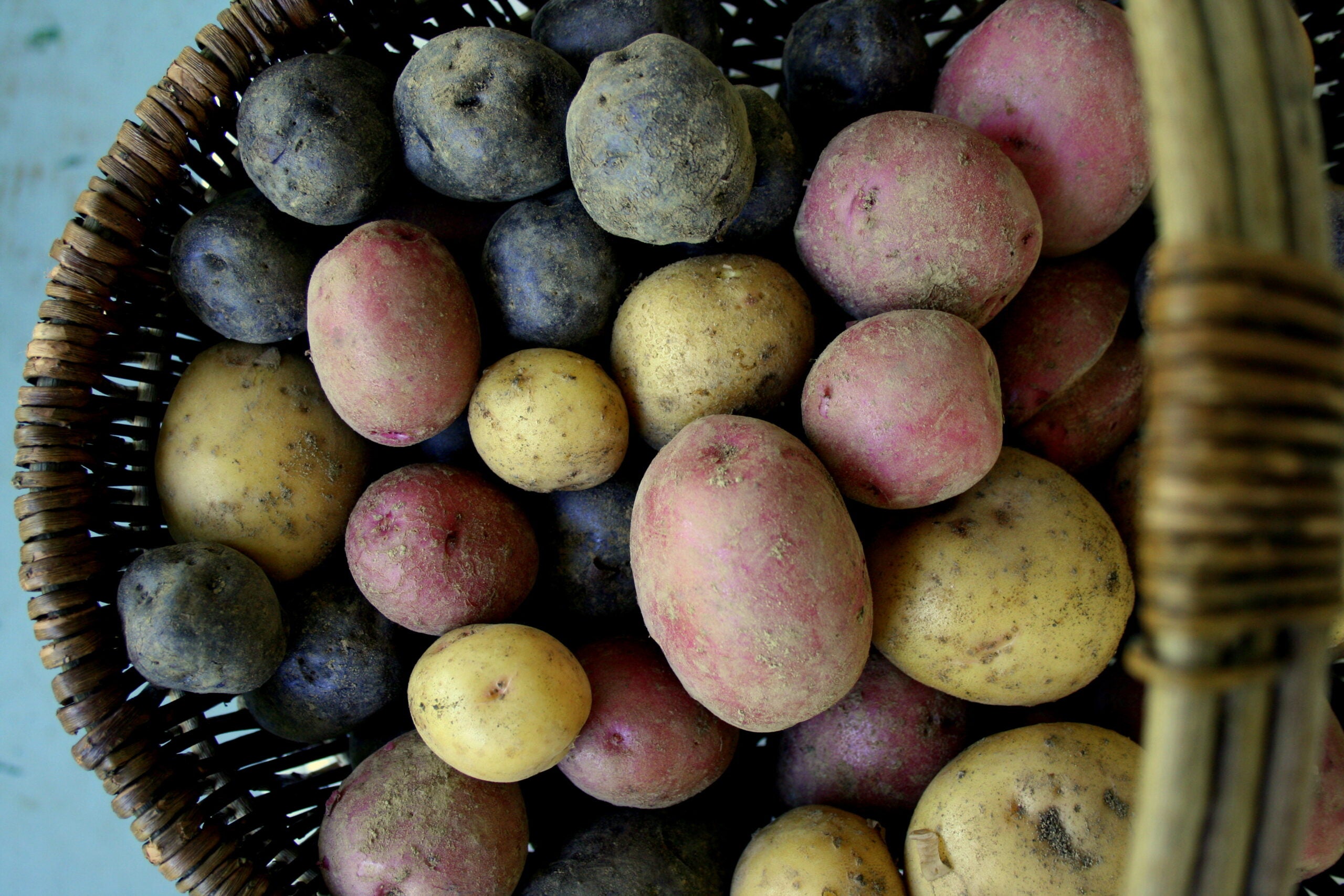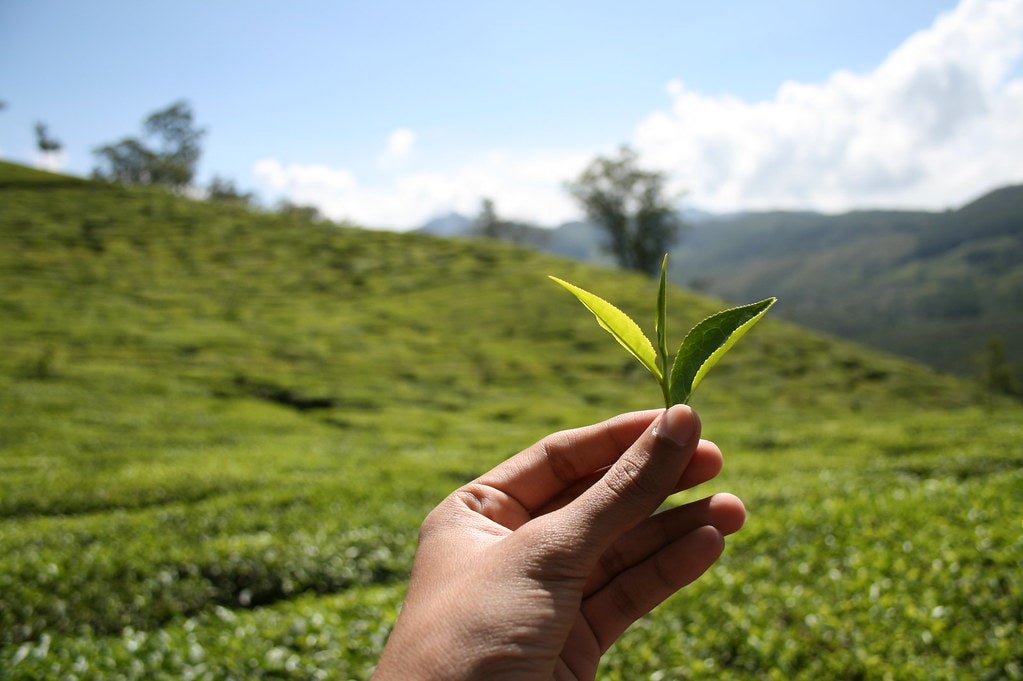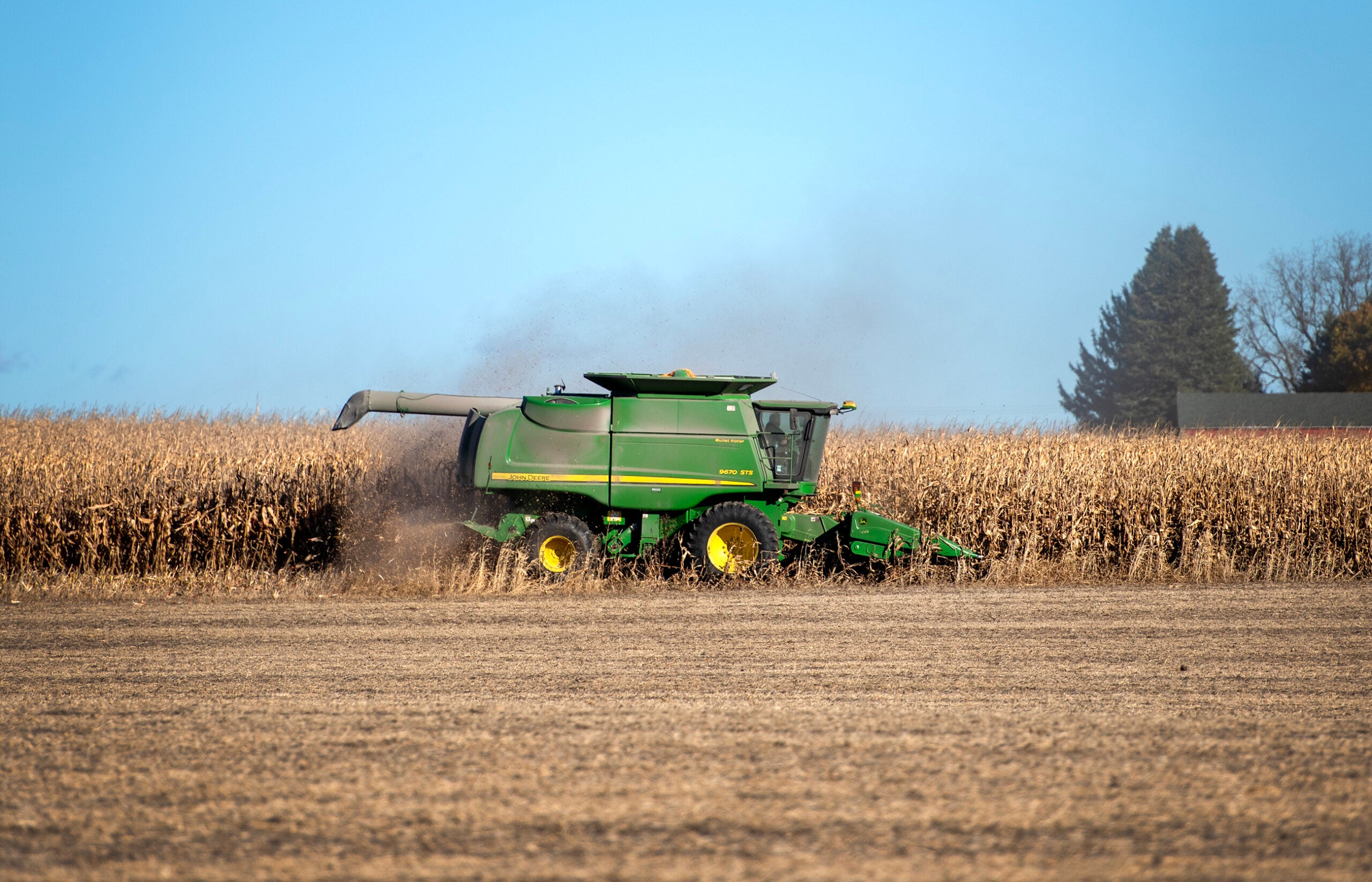After farmers faced major weather challenges in 2019, Wisconsin crop specialists say a lot is riding on this year’s crops.
Wet and cool weather delayed planting throughout the state last spring, leading to a record number of unplanted acres by federal crop insurance deadlines.
The weather challenges continued through most of the growing season, with wet conditions delaying crop growth and eventually harvest.
Stay informed on the latest news
Sign up for WPR’s email newsletter.
Kevin Jarek, agricultural agent for University of Wisconsin-Extension in Outagamie County, said some farmers were forced to harvest crops in wet conditions, leaving major ruts in their fields or compacted soils which will complicate planting this year.
With the National Weather Service predicting above normal precipitation in coming months, Jarek said farmers are worried they could see another late planting season in 2020.
“The concern is going to be that we know planting date has a huge effect on yield,” Jarek said. “So everybody’s nervous.”
To prepare, Jarek said he’s seen many farmers turn to seed varieties that have a shorter growing season.
“Some of them are going to be looking to harvest these really early hybrids by Labor Day because they know that they are going to be out of forage (for livestock feed),” Jarek said.
He said forage supplies have been running low for over a year after much of the state’s alfalfa fields were damaged last winter.
The potential for wet conditions also has producers thinking about potential crop diseases.
Damon Smith, field crops plant pathologist at UW-Madison, said he’s seen new disease trends develop over the last two or three years. And that means farmers need to adjust.
“We’re just treading water in the growing season, and so we’re seeing some shifts in terms of how folks are going to manage the crop,” Smith said. “We’ve had three consistent years of white mold in soybeans, and so we’re seeing people entertaining (the idea of) adjusting planting populations and row with spacing and actually making agronomic decisions now to try to reduce the potential for that disease.”
He said corn growers have also seen changing trends, with a newer fungal disease called tar spot showing up in fields over the last few years.
Smith said adjusting to weather or other challenges is nothing new for the agricultural community.
“I think farmers have historically been pretty nimble,” Smith said. “I think what’s been more challenging recently is we’ve had more extremes. And so the pattern of adjustment has to be faster.”
He said low profit margins for corn and soybeans means a lot is riding on a farmer making smart management choices.
And Jarek said the tough financial situation may mean some farmers aren’t even able to plant this year.
He said most farmers rely on an operating loan each spring to purchase seed, fertilizer, pesticides and other inputs.
“We can easily spend $600 to grow an acre of corn in Wisconsin,” Jarek said, explaining it’s a gamble. “It kind of has that Las Vegas-type feel to it right now. We’re hoping that we can get a crop in, that it’s going to grow and we’re going to be able to harvest that. But given the poor conditions we’ve had these previous years, it’s harder and harder for farmers to get that extended credit in order to continue.”
He said after years of low prices, some producers are carrying too much debt to qualify for the loan they need.
Wisconsin Public Radio, © Copyright 2025, Board of Regents of the University of Wisconsin System and Wisconsin Educational Communications Board.
